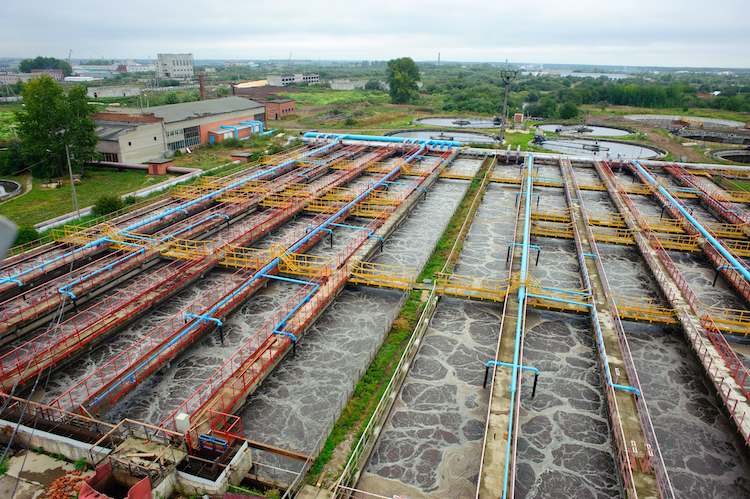
It's people power that has prevented once willing cheesemakers from taking spot loads of milk. If cheesemakers had people to work the extra shifts during the weekends and nights, that extra milk during June Dairy Month would not have been hitting sewer pipes. Instead, it would be flowing to cheese vats because the extra milk presents a great opportunity to lower product costs.
Weeks before this story broke, Hoard’s Dairyman editorial staff members talked to a number of dairy cooperative executives. Time and time again, each one shared that it’s been far more challenging to sell spot loads of tanker milk than before the pandemic. “Plants just don’t have the people to take the extra milk” was the reoccurring theme. Remember, in Wisconsin alone, there are over 300 licensed dairy processing plants. Nearly every one of them has a dearth of labor.
Most dairy co-ops take in far more member milk than can be processed at cooperative-owned plants. A great deal of that extra member milk is sold via contract to proprietary processing plants. However, there is a lot of ebb and flow to milk, and that excess member milk is sold on the open market as spot delivery milk.
On top of the aforementioned spot milk being dumped into the sewerage district, milk continues to spill out of Hastings, Minn., as the local dairy plant cannot process milk as a result of a dispute with the city and its sewerage district. That displaced milk is hunting for a home.
The reason behind June Dairy Month
June Dairy Month provides a wonderful way to promote the U.S. dairy industry. However, June Dairy Month has its roots in this long-standing marketing dilemma — too much milk in June due to the spring flush.
So, in 1937, June Dairy Month started out as “National Milk Month” as a way to stabilize the dairy demand when production was at a surplus. Since those days, it has been transformed into an annual tradition that celebrates the worldwide contributions of dairy. After the National Dairy Council stepped in to promote the cause, the name soon changed to “Dairy Month.”
Back to the story
“Current weak prices and the margin situation aren’t attributable to one single factor; rather, it’s an accumulation of many small weaknesses in many areas, with some further deterioration in just the last couple of months,” shared Peter Vitaliano in his Hoard’s Dairyman Intel “Price and margin outlooks challenge farmers.”
The National Milk Producers Federation economist goes on to explain, “USDA reports of plentiful supplies for manufacturing, milk selling below class prices, and busy production schedules suggest that milk production is definitely part of the problem. And the production itself needs to be understood because milk solids production is a more reliable indicator of the aggregate supply of dairy products available in the markets. And that’s up 1.1% during the first third of the year,” shared Vitaliano.
While it is awful, the lost milk to sewerage systems should be a short-term predicament.








